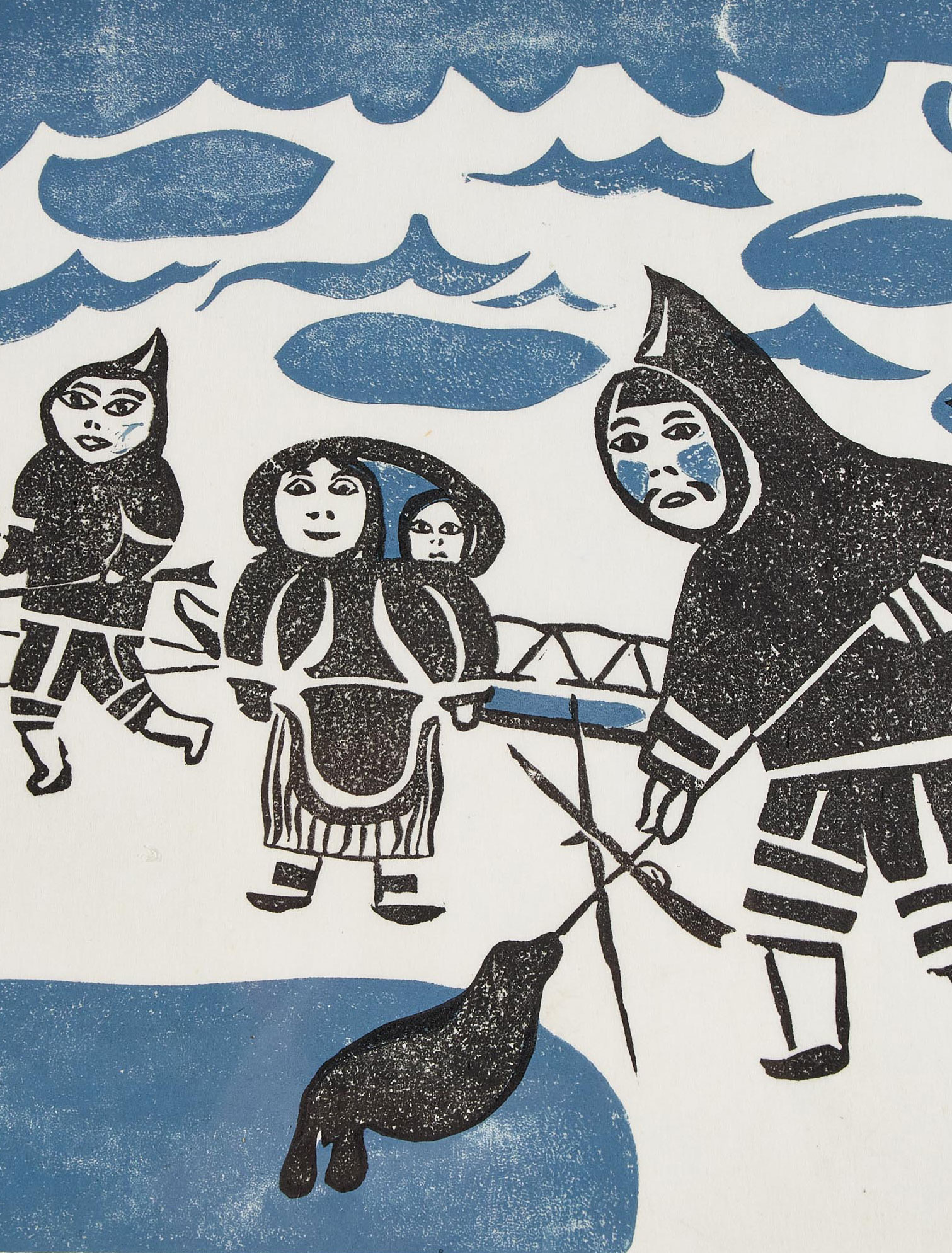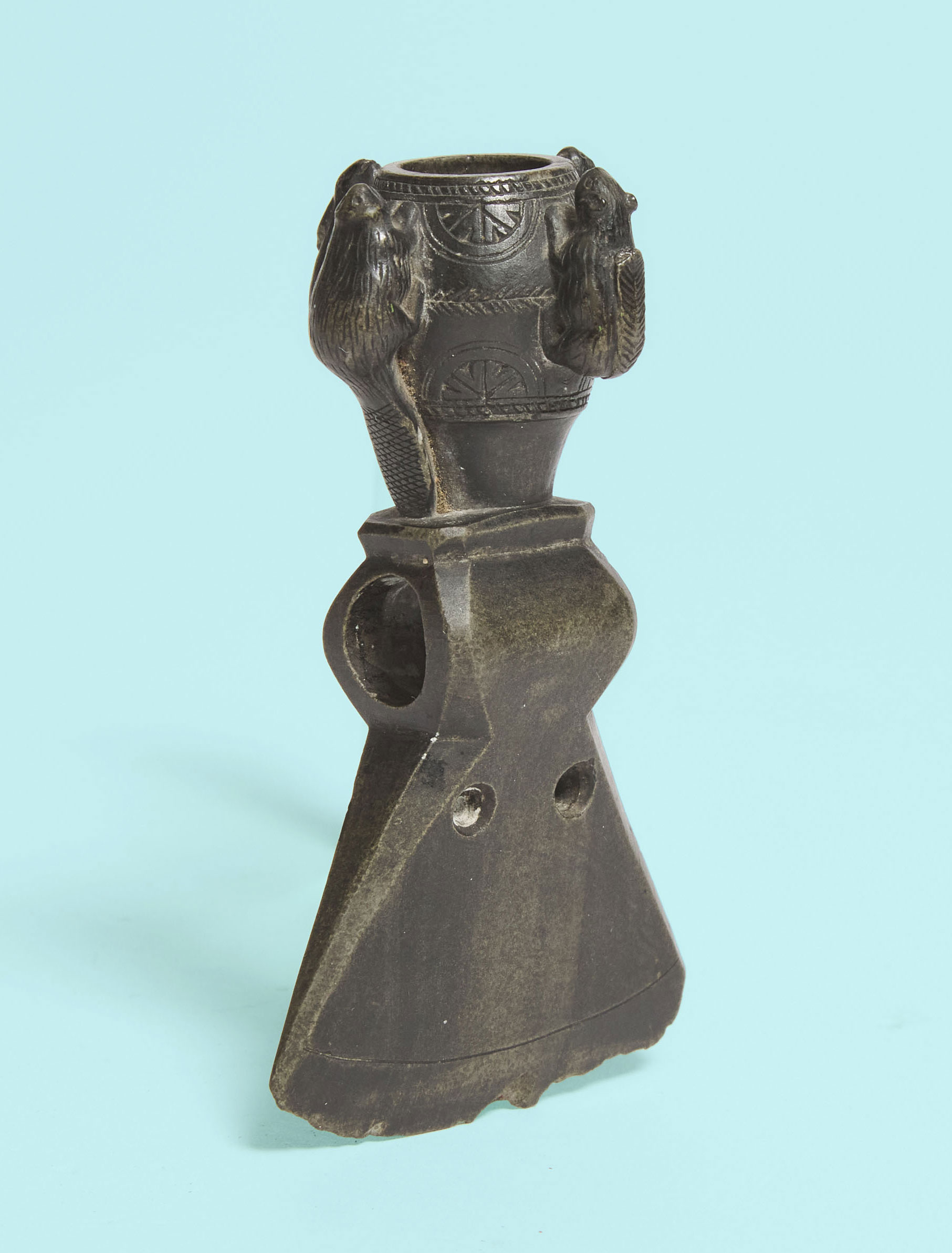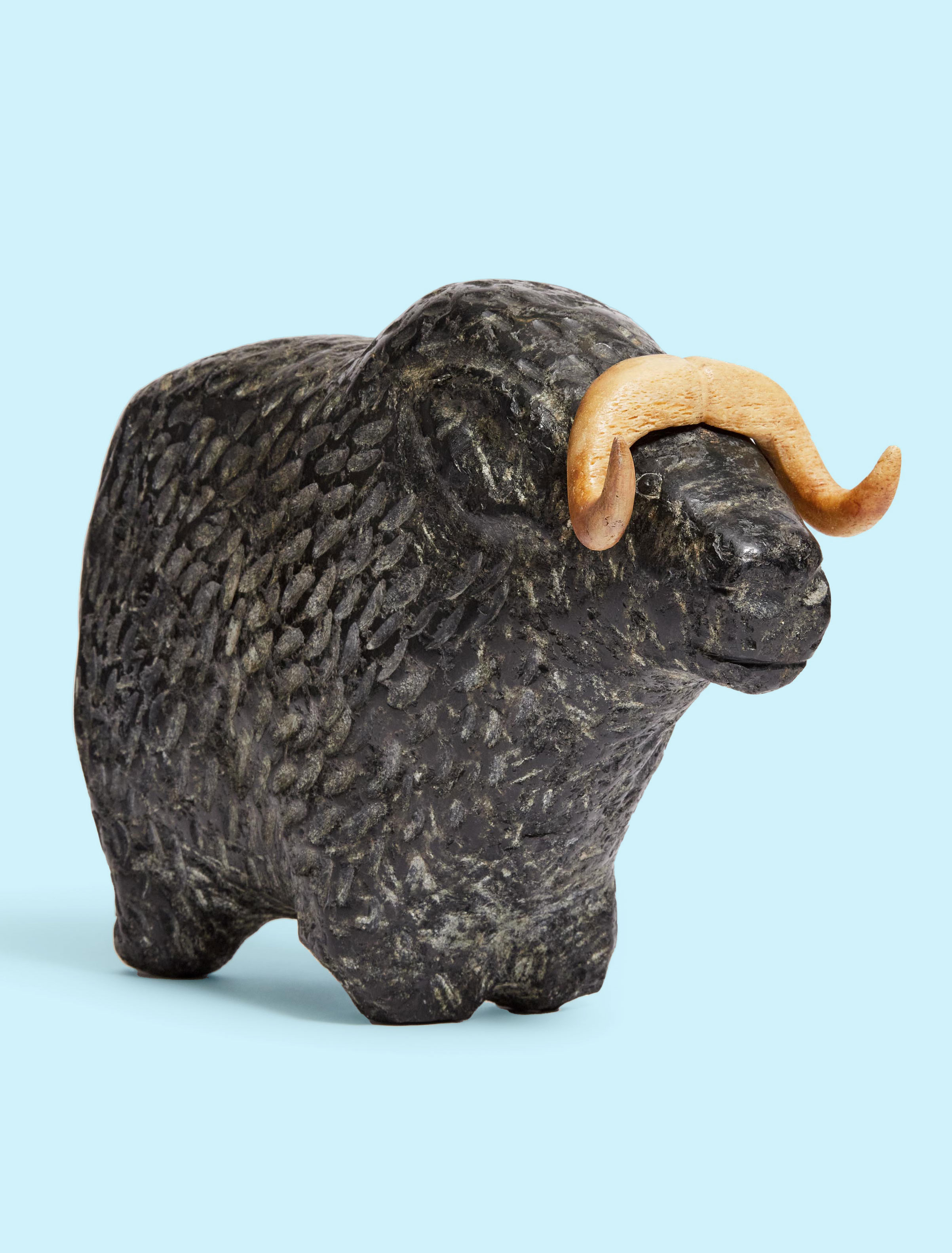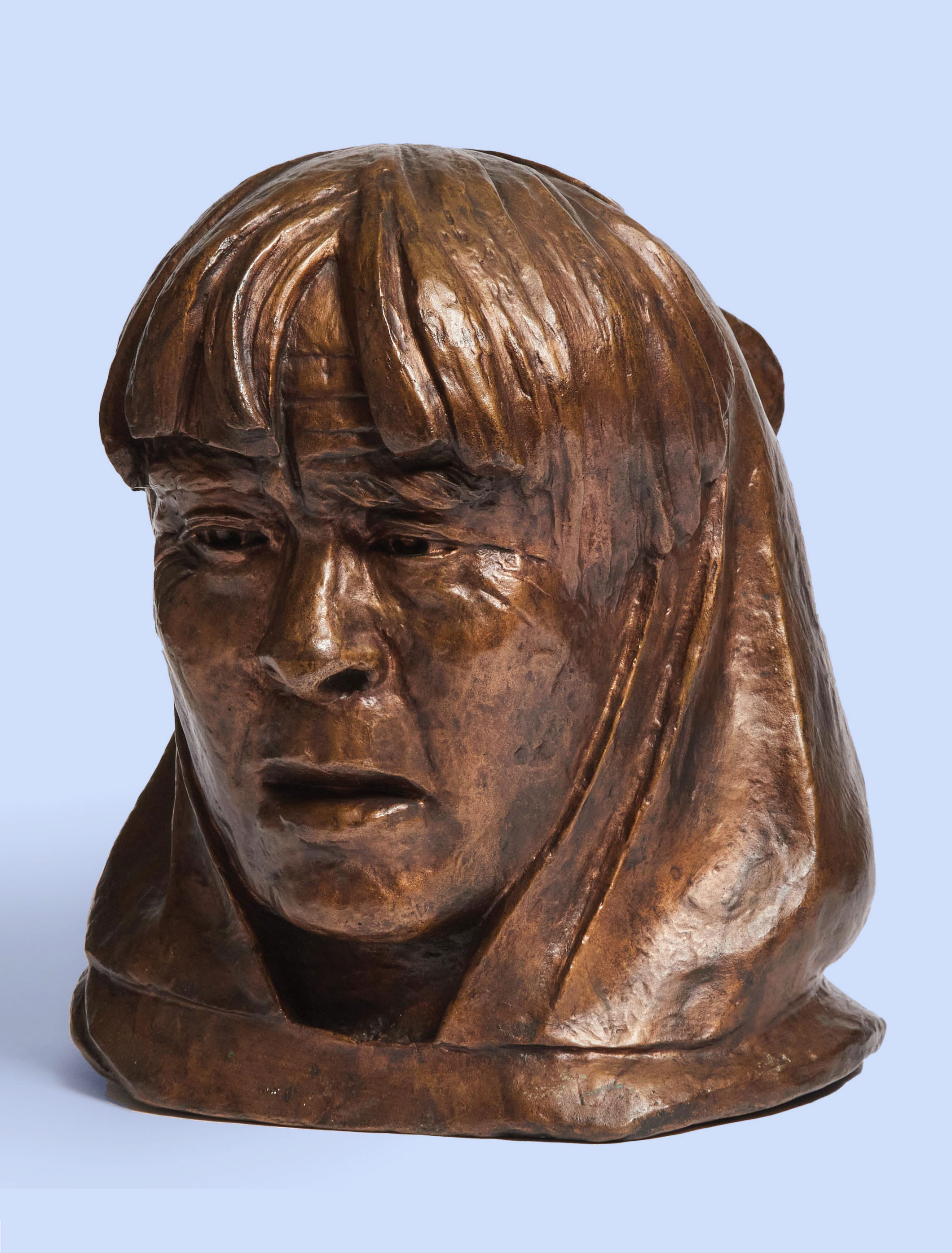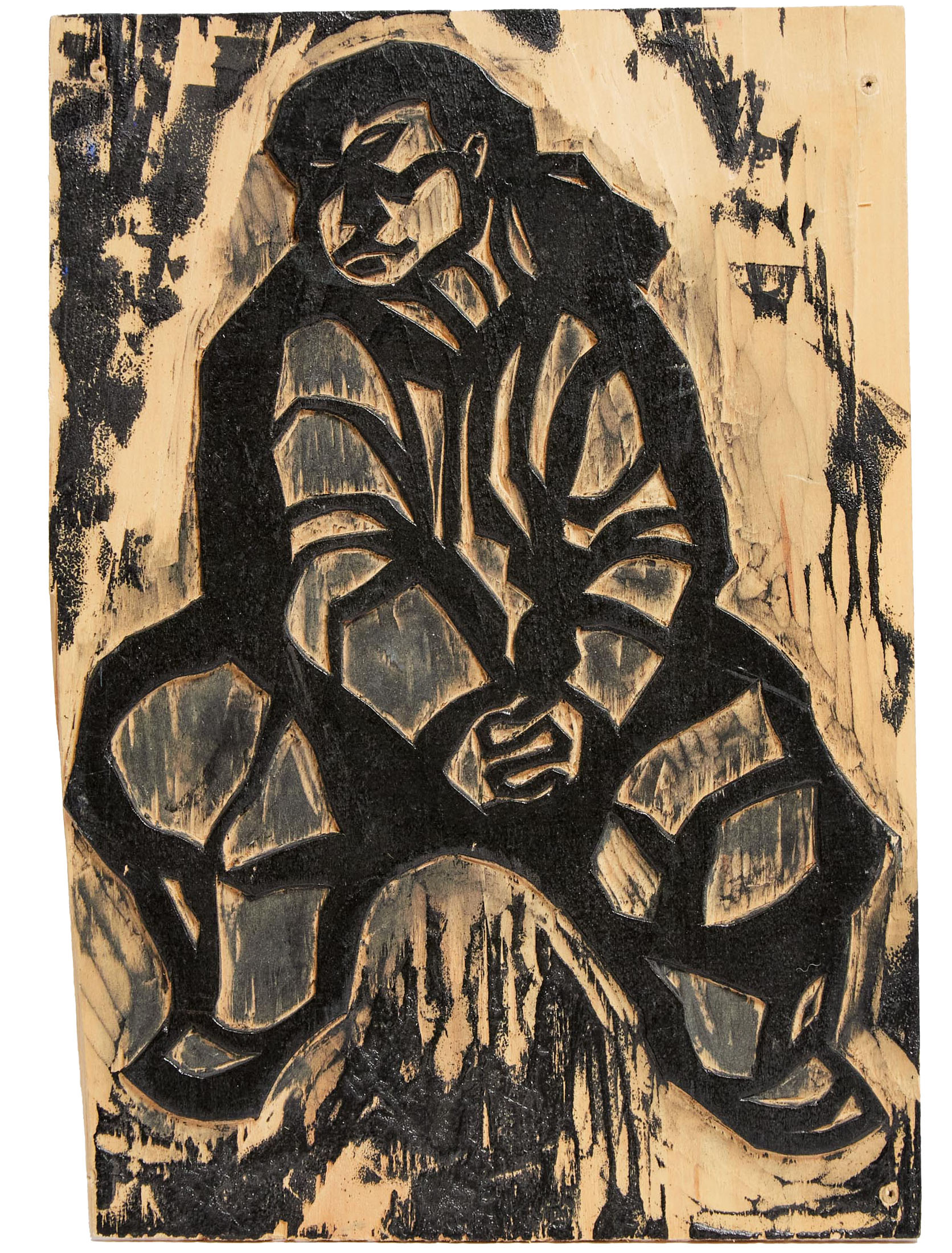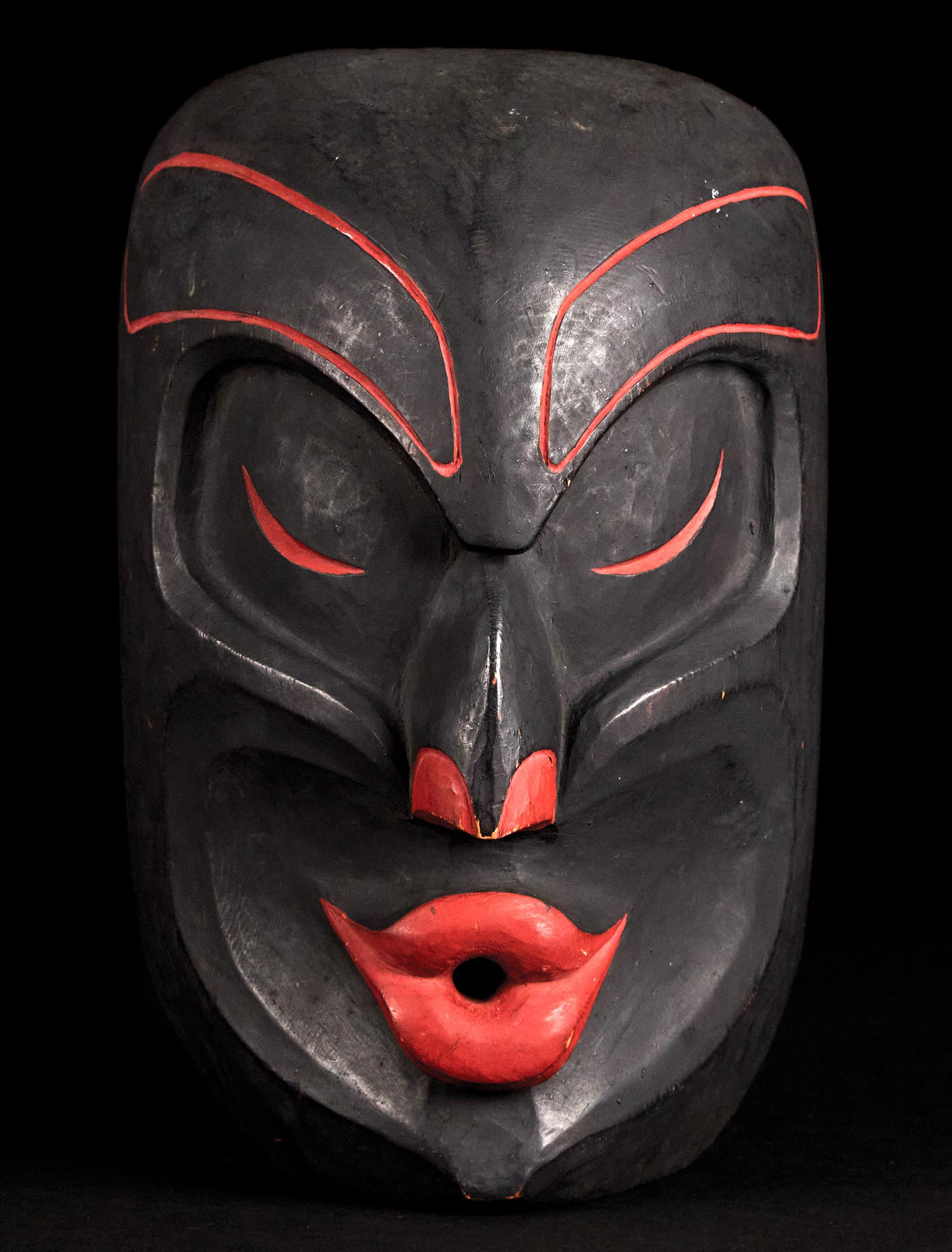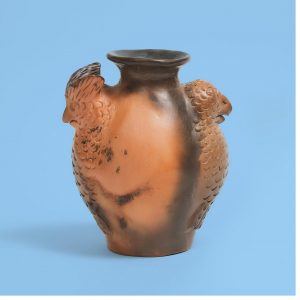
Estimate $500 – $700
When thinking about Inuit art, stone sculpture is usually the first form that springs to mind. However, other mediums such as works on paper, works on cloth, and ceramics also flourish.
Waddington’s has had the privilege of bringing many of these magnificent creations to market. One of the standout lots in our first Inuit auction of the 2021 season is lot 17, a vase decorated with birds by Evoo Samgusak Mangelik, a Kangiqliniq (Rankin Inlet) artist.
Ceramic art in the Arctic
Ceramic art flourishes in the Arctic today largely in part because of Matchbox Gallery, a workshop and exhibition space founded 30 years ago by American artists Jim Shirley, and his wife Sue Shirley. Jim was born in New York City, growing up in Harlem and the South Bronx. He studied visual arts at the Pratt Institute, where he met Sue. The pair moved to Nova Scotia in 1972, relocating again in 1977 to the Kivalliq region of Nunavut where Jim took a position as Northwest Territories Arts and Crafts Development Officer.
Ceramics in Kangiqliniq had been promoted and fostered by the Canadian government for over 15 years before the Shirleys arrived. In 1962, a nickel mine that underpinned the local economy was closed, leaving many without a steady income. The Department of Northern Affairs and Natural Resources launched the Rankin Inlet Ceramics Project, which they believed might function as a replacement industry. The CBC notes that “similar arts projects had proven successful elsewhere in the Arctic, with prints and stone carvings in high demand in southern markets. Officials decided ceramics would be an appropriate niche for the area.” This decision was in part due to the area’s scarcity of stone suitable for carving—the region’s rock is very hard and porous—even though local artists like John Tiktak, George Arluk and John Kavik were already known in southern Canada for their sculptures.
The Quebecois ceramicist Claude Grenier came to the region in 1963 to launch the project at the newly created Arts and Crafts Centre, which welcomed both established Inuit carvers and novices to participate. Grenier and his artists created experimental ceramics with bold glazes, though were soon told by the Canadian Eskimo Council, a body which decided which work was brought to market, that only “northern colours” that echoed earth and lichen and specific forms would be exported for sale. Bright glazes were discouraged, and utilitarian forms such as easily shipped bowls and tiles were encouraged.
Inuit ceramics of this period were marketed in concert with shards of clay that had been discovered during the Fifth Thule Expedition at the Naujan archeological find so as to enhance the idea that Arctic culture was primitive, unchanging and untouched by outside influences. It must be noted that these ideas of authenticity were not limited to the marketing of Inuit ceramic art, and touched upon all Inuit artforms. As Deborah Root noted in a 2008 article in the Inuit Art Quarterly, only recently has Inuit art begun “to be understood as a vital aesthetic practice rather than a static, culturally determined artifact.”
The ceramics that did make it to market in the late 60s and early 70s did not perform well with Southern Canadian collectors, often explained by their not being perceived by conservative collectors as “authentically Inuit.” New glazes and techniques were introduced to boost sales, but demand remained sluggish. Grenier retired in 1977, and the government’s ceramic program closed shortly thereafter.
Jim Shirley, who had arrived in Kangiqliniqnot long after the closure of the ceramics program, became intrigued with the project as well as the richness of Inuit art. Shirley felt a kinship with his adopted home writing, “though I came from an urban setting, I share with [the Inuit] the same longing for harmony between myself and my surroundings. In this harmony we find self-sufficiency; a peace and freedom that nurtures the growth of our intuitiveness and creativity. In both instances, creativity is a necessity for survival.”
In 1991, the Shirleys opened Matchbox Gallery. Government funding was secured and the art of ceramics was taught to a new generation. A recognizable Matchbox style has emerged from the studio, which the CBC describes as follows:
“The works are usually coil-built vessels, busts, or freestanding animals with narrative figures applied to them or carved into their surfaces. Multiple artists often work on a single sculpture in sequence, drawing on memory to create pieces that blend spirit, animal, and human worlds. Each artist has developed a highly individual style, and their combined efforts create even more complex and refined works.”
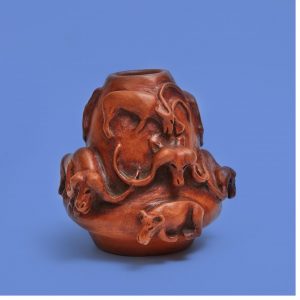
7 x 7 x 5 in — 17.8 x 17.8 x 12.7 cm
Price Realised: $7,200
Another hallmark of the Matchbox Gallery is its emphasis on collaboration beyond the studio walls, both with Inuit artists from other communities and with artists outside of the Arctic. Toronto-based artist Shary Boyle is among the notable collaborators. Boyle, who has represented Canada at the Venice Biennial, came across the work of Matchbox Gallery artists and was “blown away.” She has subsequently made work in tandem with the studio, and has organized exhibitions for their work, notably Earthlings, held at the Esker Foundation in Calgary in 2017.
Over the years, government funding for Matchbox has dwindled, forcing the Shirleys and their artists to adapt. The gallery is run as a commercial business, though the remote location makes it difficult and expensive. Supplies, equipment and income can be elusive, resulting in a relatively limited output of ceramics. However, the silver lining is that the artists now have complete creative freedom untethered to institutional demands. Running a ceramics studio in a remote location is challenging and expensive, but “has become the anchor of creative life in Kangiqliniq, and an unending source of pride and satisfaction” for the Shirleys and the community.
We are pleased to offer lot 17, a Kangiqliniq ceramic piece in our first Inuit Art auction of the year. It originated from Matchbox Gallery, and is dated to 2004.
Our major Inuit Art auction of 2020 featured a vase by Pie Kukshout from the first iteration of the Kangiqliniq ceramic initiative. We also invite you to browse other Inuit ceramics that have been brought to auction at Waddington’s to explore the richness of the artform.
Interested in Consigning to an Upcoming Auction?
We are always happy to discuss consignment opportunities for quality items. Please don’t hesitate to contact us to find out more.
Related News
Meet the Specialist
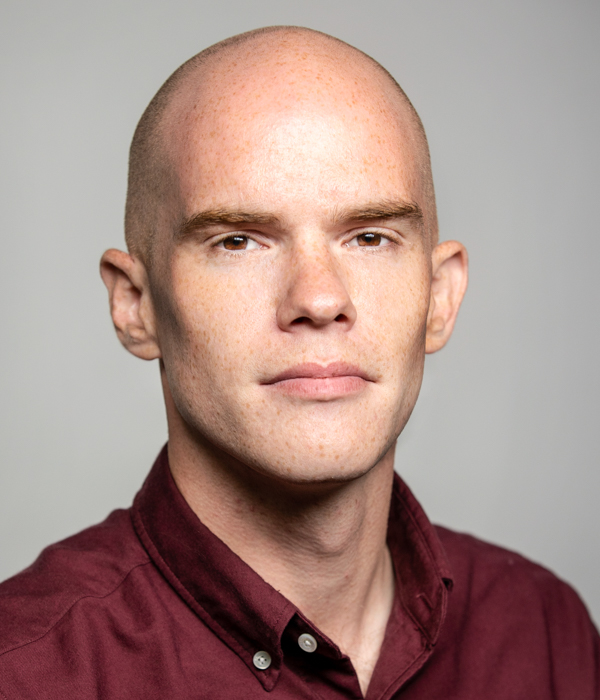
Palmer Jarvis
Senior Specialist



